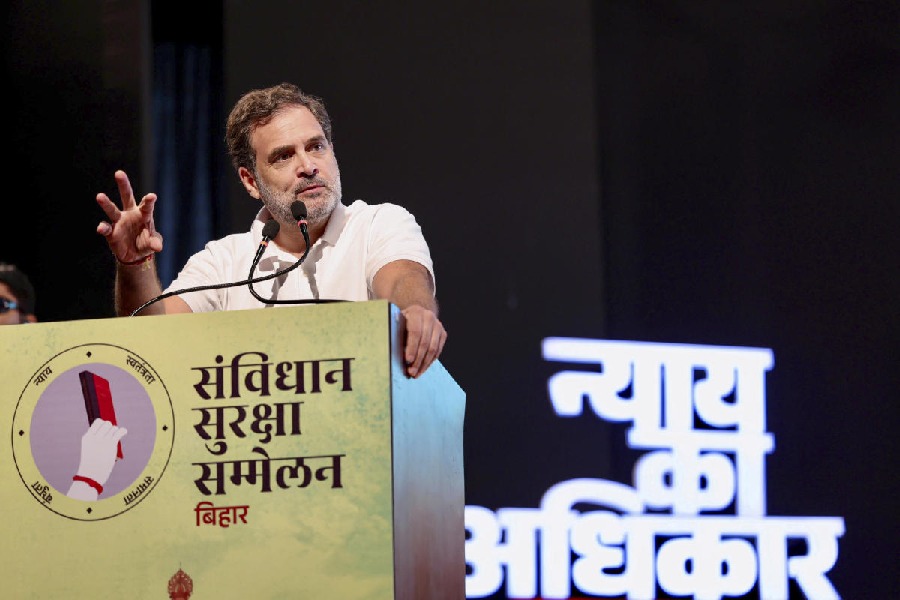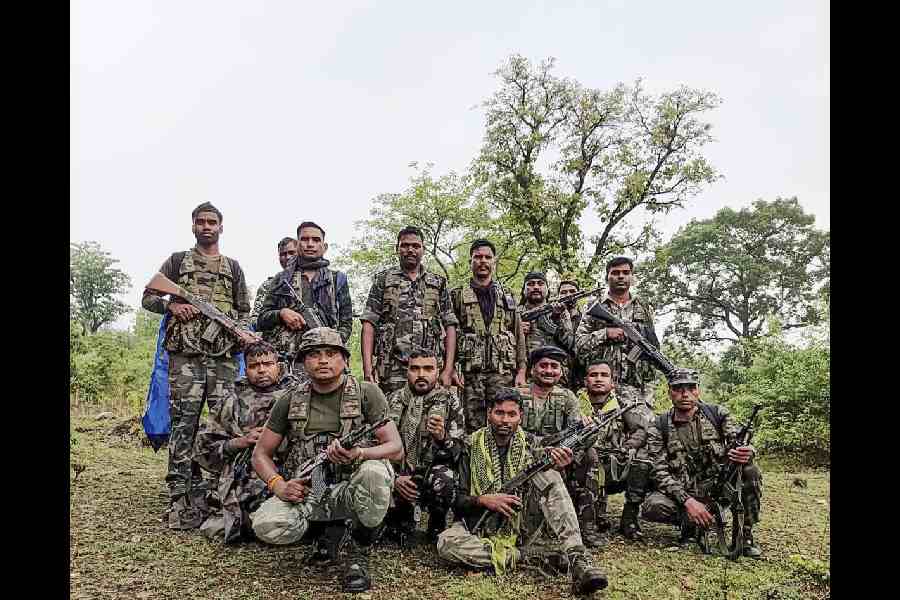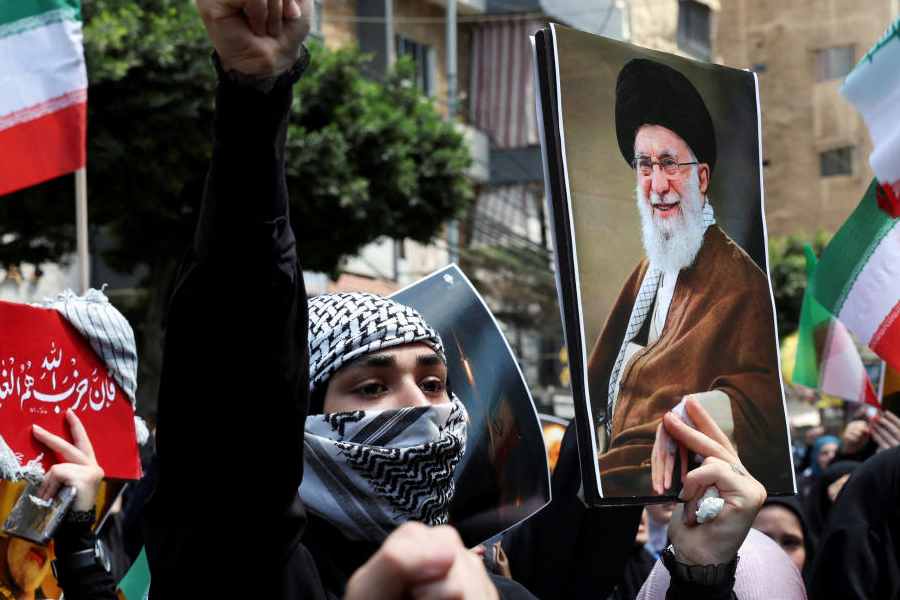
Chris Manley, the cinematographer of Mad Men, the cult American television series (winner of 16 Emmy Awards) set against the backdrop of the advertising world in the ’60s, was in Calcutta for a month with his Bengali wife, Bipasha. Although he’s visited his wife’s hometown before, this time they took the opportunity to launch a project, GivePhotos, taking instant photographs of the underprivileged because while smartphones have made most of us photographers, there are so many who have no photographs of themselves or their family. Some of these are available on www.instagram.com/givephotos.
t2 caught up with the Emmy-nominated cinematographer for a glimpse of the real Mad Men, while his wife lets us in on what she overhears at parties, including (envy alert!) a kiss from Jon Hamm!
What is it about Mad Men that you loved most?
Chris Manley: The quality of writing and acting was so good. Once I started, I wanted to do the whole thing. The producers were interested in quality. It inspired all the key creative people to bring in their best all the time. The attention to detail, the level of work in all departments — props, costume, hair and make-up — was phenomenal.
Bipasha Shom: Matthew Weiner (the creator of Mad Men) is meticulous about every single thing. He’ll pick up a spoon and say: ‘This is not from the ’60s. Why is this here?!’ And that’s what reflects in the show.
Chris, you’ve also directed some Mad Men episodes. Which ones?
Chris: The episode in which Lane Pryce (played by Jared Harris) commits suicide was the first. I didn’t get an easy one to start off with... it was trial by fire! That was my directorial debut if you don’t count the short film I did in film school, 20 years ago. The other episodes were The Flood (season six), The Field Trip (season seven) and The Runaways (season seven).
Bipasha: In the TV series, there is one cinematographer who does every episode and the directors keep changing. So Chris shot every episode and this opportunity came up.

What was your biggest challenge while directing those Mad Men episodes?
Chris: I was afraid I wasn’t going to be able to give up the photography because it’s so much a part of me and I’ve been doing it for so long. But that turned out to be the easiest thing to give up. I was so consumed with the script and getting the subtext right and how to communicate best with the actors.... The cast wanted me to succeed as well... they were like family.
Between cinematography and directing, which do you find tougher?
Chris: I think cinematography. The way you have to work is relentless. The pressure is more constant. As a director, the pressure can be more intense but it waxes and wanes.
Do you think you’ll ever direct a movie?
Chris: I’m trying to direct more TV shows now, but I’m still shooting.
Do you lean towards any particular genre?
Chris: I’m really lucky that my first directing experience was with Mad Men. Even if I wasn’t working on the show, it would be my favourite show. Some colleges have even designed courses (NYU Stern School of Business Undergraduate College, University of Southern California) around Mad Men.
What’s Jon Hamm, who we all know as Don Draper of Mad Men, like in person?
Chris: He’s a good guy, he’s one of those actors who struggled for a long time, so when fame and success came to him he was appreciative of it and remembers where he came from and how hard he worked. He doesn’t suffer from that curse a lot of young actors have where they get famous too quickly and think it’s always going to be that way so they behave badly. He’s great to work with and very professional. He’s kind of a genius at remembering blocking and dialogue. He can do the same thing over and over again and get it perfect every time, which makes it easier for the camera crew.
Tell us some things we don’t know about Mad Men...
Chris: Before a really intense scene, Matt Weiner will come to the sets and be a little nervous and say — ‘Are we really doing this? I can’t believe we’re doing this!’ First time I saw it happen was when the British ad executive got his foot run over by the lawnmower. He was really worried about it and he thought it was too far out and too outside the boundaries of the show. Often, whenever he’s nervous that he’s gone too far, those become the most memorable scenes.
He sounds like an interesting man...
Chris: He’s very hands-on. He’s very collaborative and very open and very fulfilled as a director. As a writer he’s kind of tortured… he’s a typical tortured writer, but as a director he’s like a kid in the candy store. His attention to detail is amazing. Every single detail is correct, except in the first season there was a sign somewhere in a font that hadn’t been created then (that is, in the ’60s in which Mad Men is set).
How much artistic freedom did you enjoy while directing the episodes?
Chris: Not much. All the directors loved, absorbed and recreated Matt’s vision. I didn’t want to put my own artistic stamp on it.
Bipasha, do you have any off-the-set Mad Men stories?
Bipasha: Matt Weiner loves to throw parties! We went to some fabulous parties. Oh my god, I’d meet Jon Hamm and he’d kiss my cheek! And I get to see the cuts before anyone else.
Chris, you also worked on Prison Break. Which show did you like better?
Chris: I liked Mad Men better. It all comes down to the scripts. Before Prison Break, I did CSI: NY. I don’t like the police procedurals anymore. Shooting them became so formulaic. Prison Break, at least, was a serial narrative, so that was more interesting. Mad Men was at a different level though.

What exactly does the work of a cinematographer entail on such a TV show?
Chris: The cinematographer helps the director block the movement of the actors, where they’re going to go, whether they’re going to stand or sit. We work with the director on how to design the shots, where the cameras should go.... I usually have camera operators and I’m watching video monitors. We also do lighting, filtration, exposure… all the photographic things.
Who are your inspirations in your own field?
Conrad Hall, Gordon Willis, Roger Deakins and Harris Savides.
Do you like Indian food?
I love Indian food! Whatever my mother-in-law cooks is my favourite (looks at Bipasha, who shakes her head).
Do you watch any Bollywood movies?
Yes, but I haven’t recently. I’m a huge Satyajit Ray fan, though. The last time I was here, which was eight years ago, I went to all the video stores we could find to purchase all the Ray films that aren’t available in the US. My friend had to crack the code and figure out how we could watch them in the States. I made copies and gave them to Matt Weiner as well. He’s a huge Ray fan too.
Bipasha: Matt Weiner is a walking encyclopedia of movie filmmakers and artistes from all over the world.
Do you have a favourite Ray film?
There are a few. Charulata, Devi, the Apu Trilogy of course.
Did You Know?
The studio didn’t want Jon Hamm to be the lead of Mad Men because he wasn’t famous at the time. Meanwhile John Slattery read for Don Draper as well but landed the part of Roger Sterling, which he’s played effortlessly.

Ramona Sen
Don Draper is my dream man because.... Tell t2@abp.in











